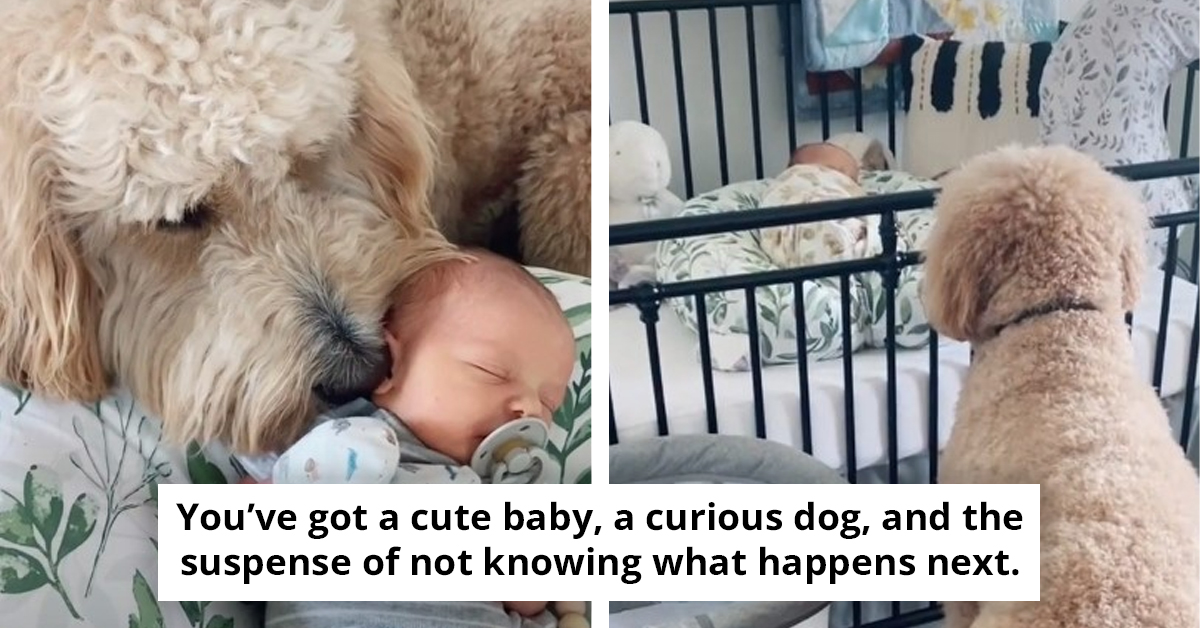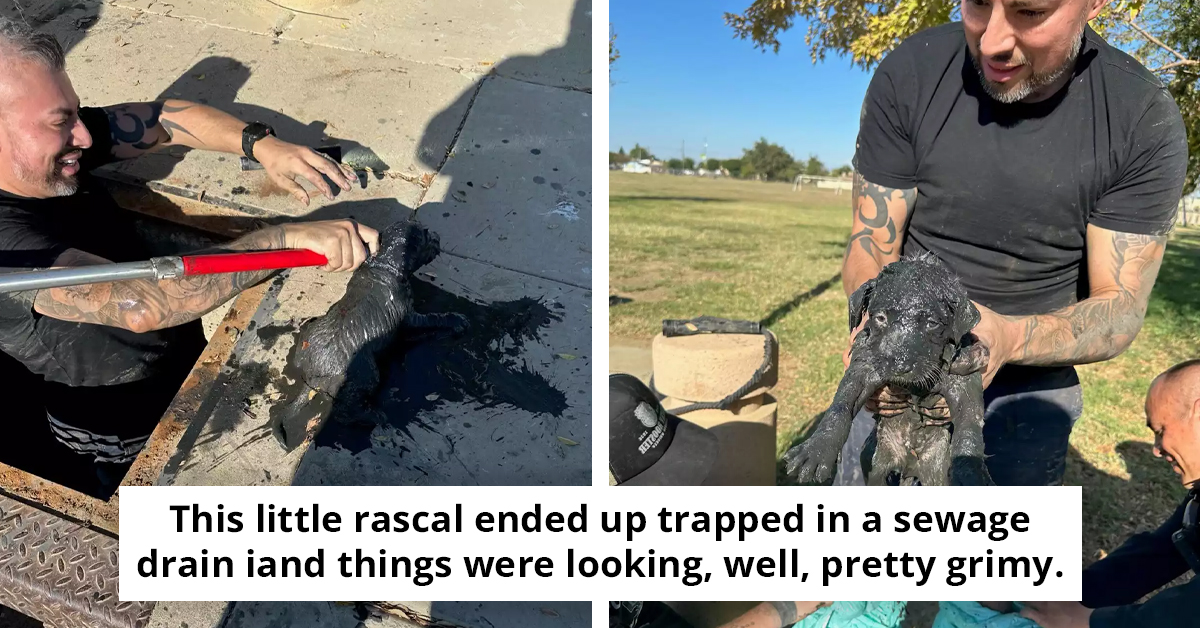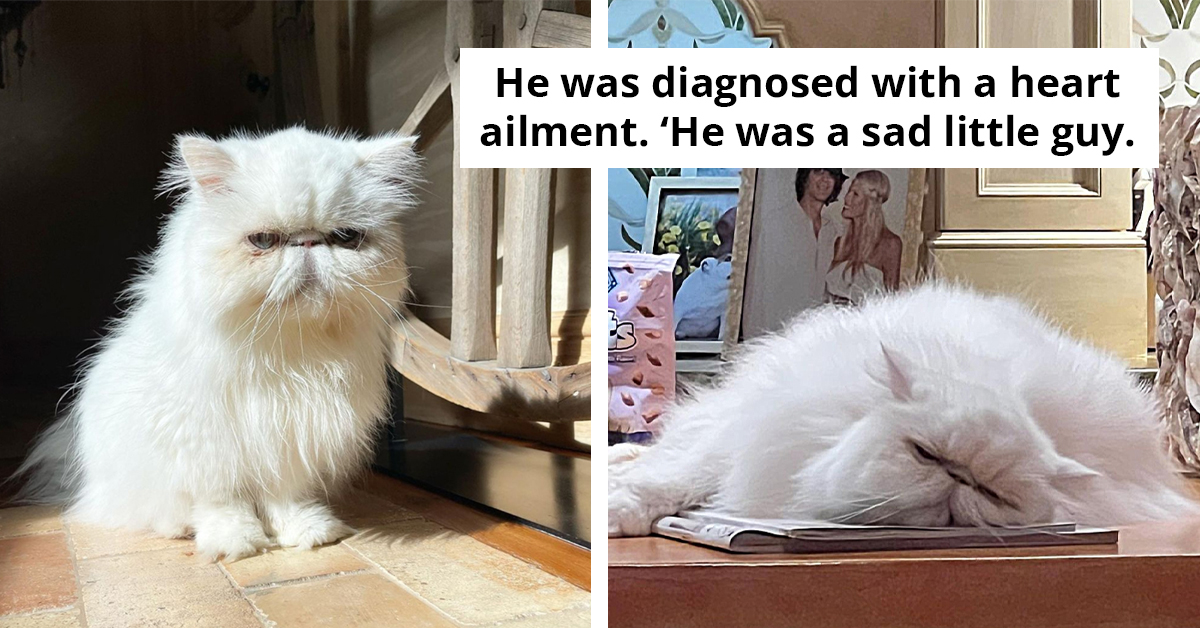Hilarious Story Of How Redditor Ended Up Regretting Trying To Bathe Their Cat
It is a widely known fact that cats detest water. There are a lot of videos on the internet showing cats that almost levitate in terror after falling into fish tanks or baths.
Yes, cats can lick bathroom faucet drips or splash around in their water dishes, but when it comes to larger quantities of water, they completely lose their sense of humor. One of the most well-known traits of house cats is their dislike of water.
Not every cat is like this, though, as there are certain domesticated kinds of cats that are known to enjoy a swim when the chance presents itself. Certain huge cats, like tigers, frequently take a dip to cool down or seek prey.
However, domestic cats will generally do everything in their power to stay dry. More plausible, though, is that cats dislike being wet because of the damage that water causes to their fur.
You see, cats are meticulous creatures that devote a significant portion of their day to self-grooming. Cats find wet fur to be very uncomfortable, and it frequently takes a long time to dry.
Additionally, a cat with wet fur is less agile and easier to trap by predators since it weighs more than a dry cat. The OP knew the dangers of bathing a cat but still decided to bathe the dirty cat.
Read the full story below to find out what became of the OP's house.
The OP kicks off the hilarious story
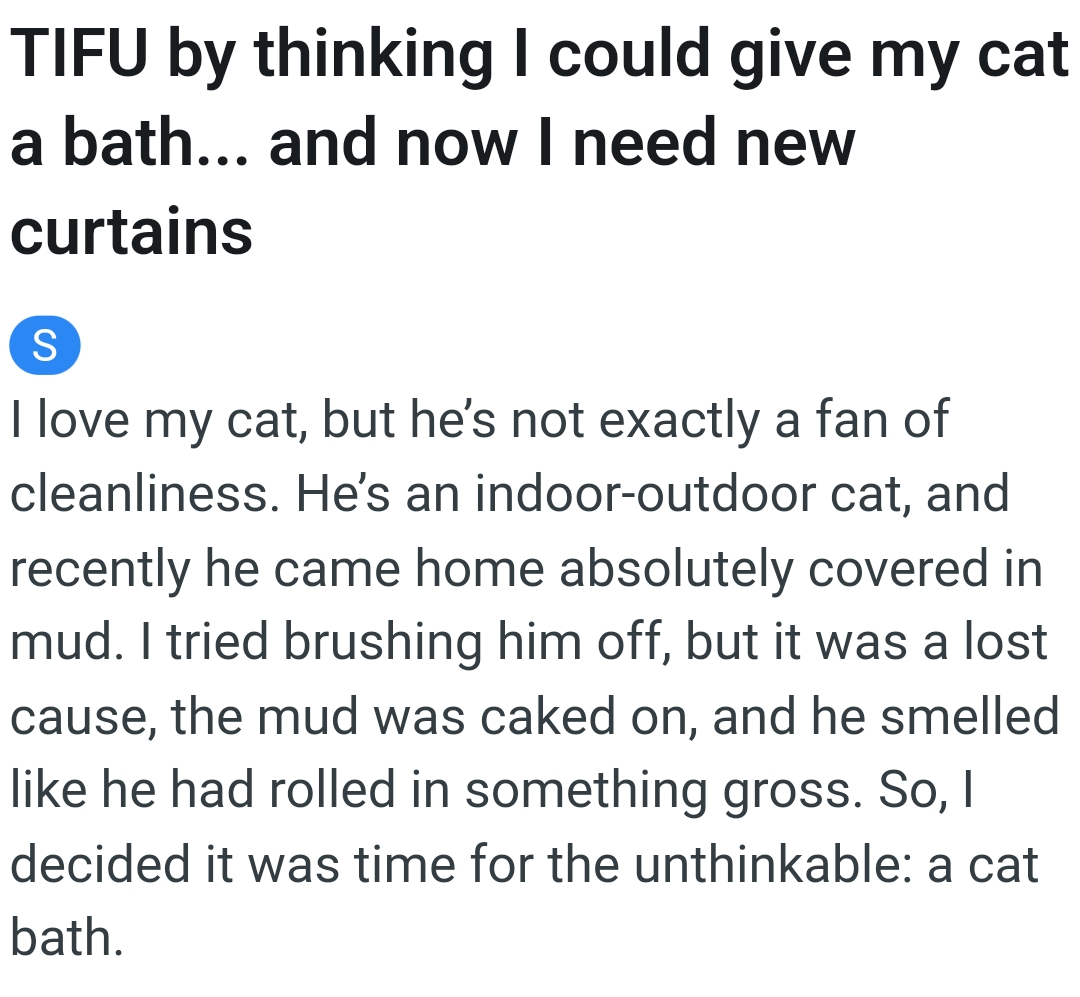
OP filled the tub with warm water, and even got some nice pet-friendly shampoo
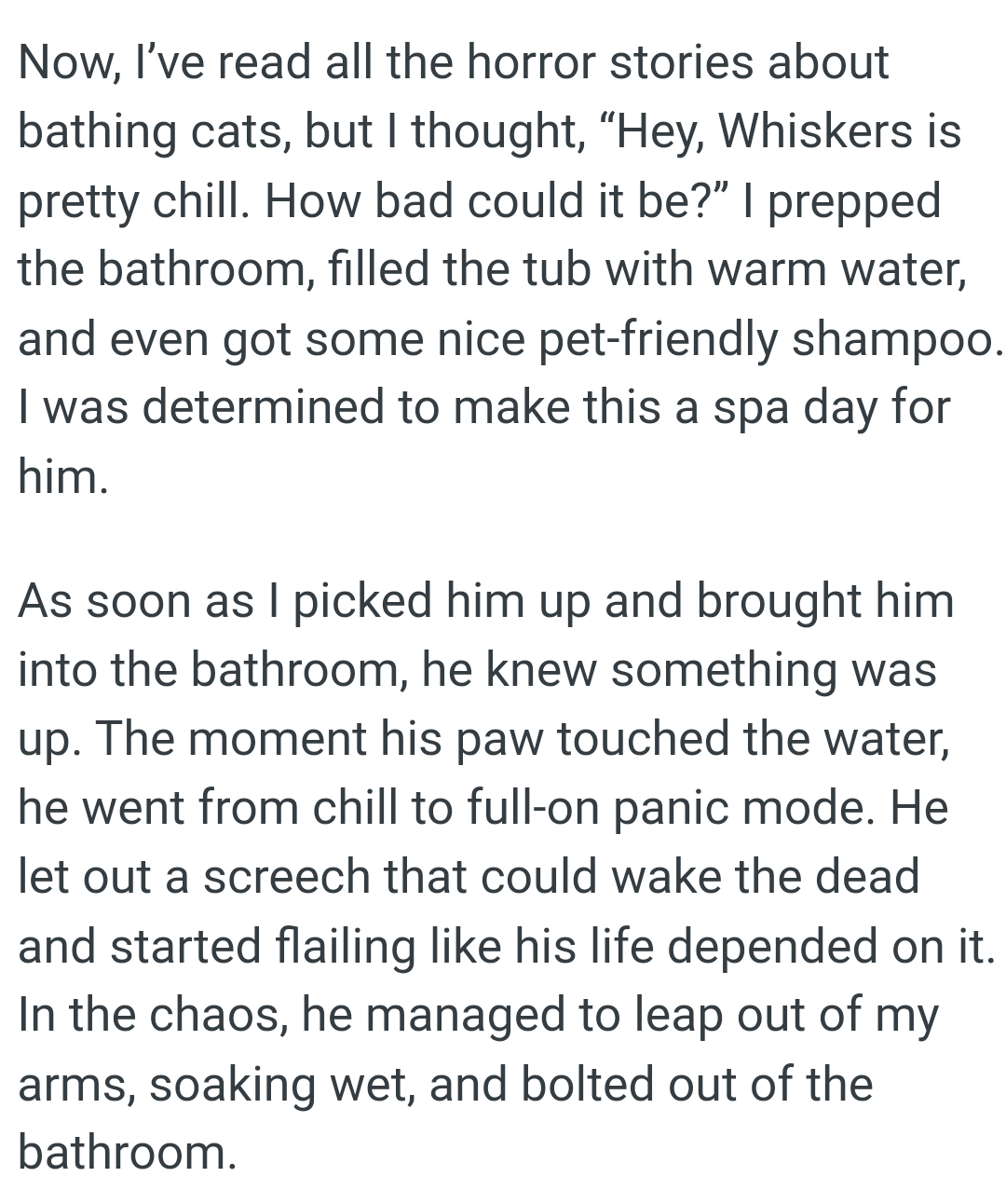
Understanding a cat's aversion to water can be explained through the lens of evolutionary psychology. Research suggests that cats are descended from desert-dwelling ancestors, meaning they evolved to avoid large bodies of water.
This instinct is not merely a preference but a survival mechanism, as water can pose potential threats to their safety. Therefore, attempting to bathe a cat often leads to stress and panic, which can be detrimental to both the animal's well-being and the owner's experience.
OP had a full-on claw marks all the way up and down the now-ruined curtains

Below are some of the most upvoted comments from other Redditors for you to check out

Practical Solutions for Pet Owners
To lessen the stress of bathing a cat, experts recommend a gradual desensitization approach. Studies indicate that slowly introducing a cat to water can significantly reduce anxiety over time.
This may involve allowing the cat to explore the bath area while providing treats or toys, eventually leading to a shallow water experience. Patience and consistency are key, as this method aligns with principles of positive reinforcement, long known to improve animal behavior outcomes.
The motion of the cat trying to get out of the water
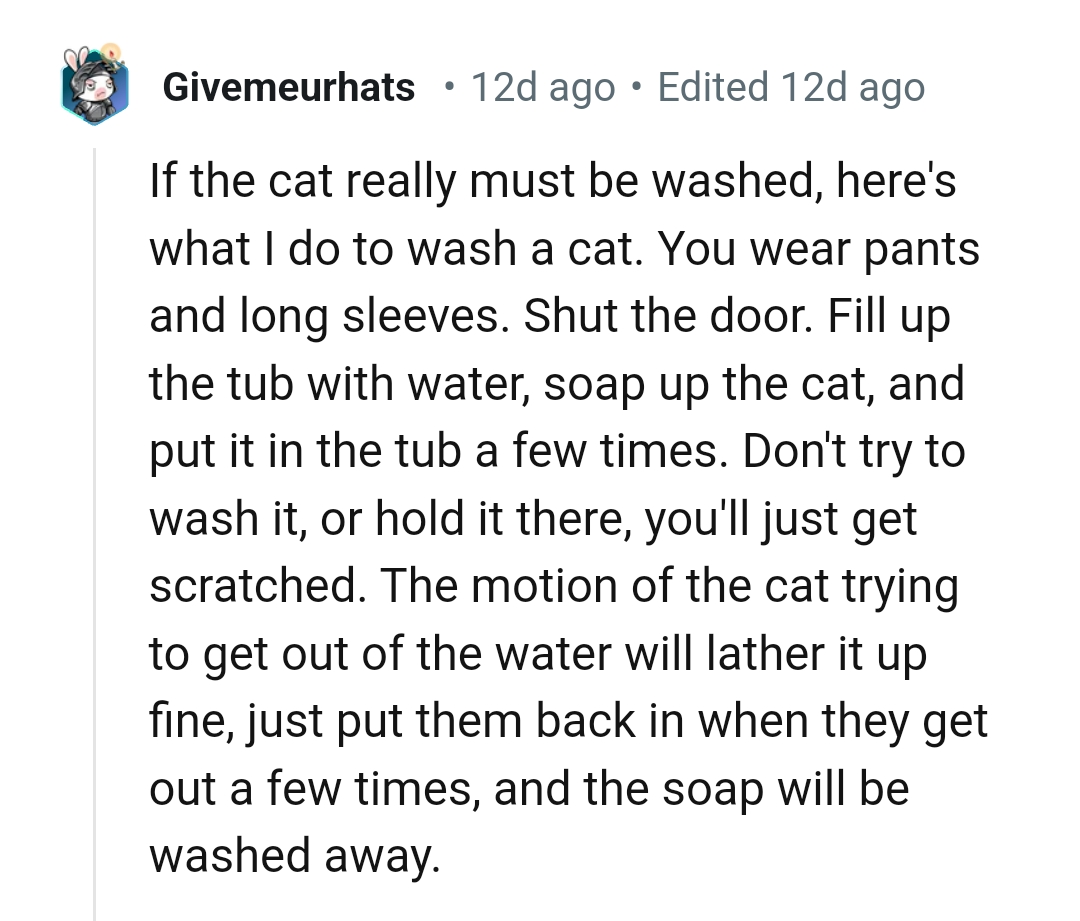
All you have to do is get you a monkey

The Challenges of Pet Care
Bathing a cat can often lead to unexpected challenges, reflecting deeper issues of stress and anxiety management. According to research published in the Journal of Experimental Psychology, interactions between pets and their owners can reveal significant insights into human emotional regulation. When a seemingly simple task spirals into chaos, it can trigger feelings of frustration and inadequacy.
This scenario illustrates how our expectations often clash with reality, leading to distress when things don’t go as planned.
This Redditors are advising the OP to close the bathroom doors next time

Closing the door will limit the damage to only one room
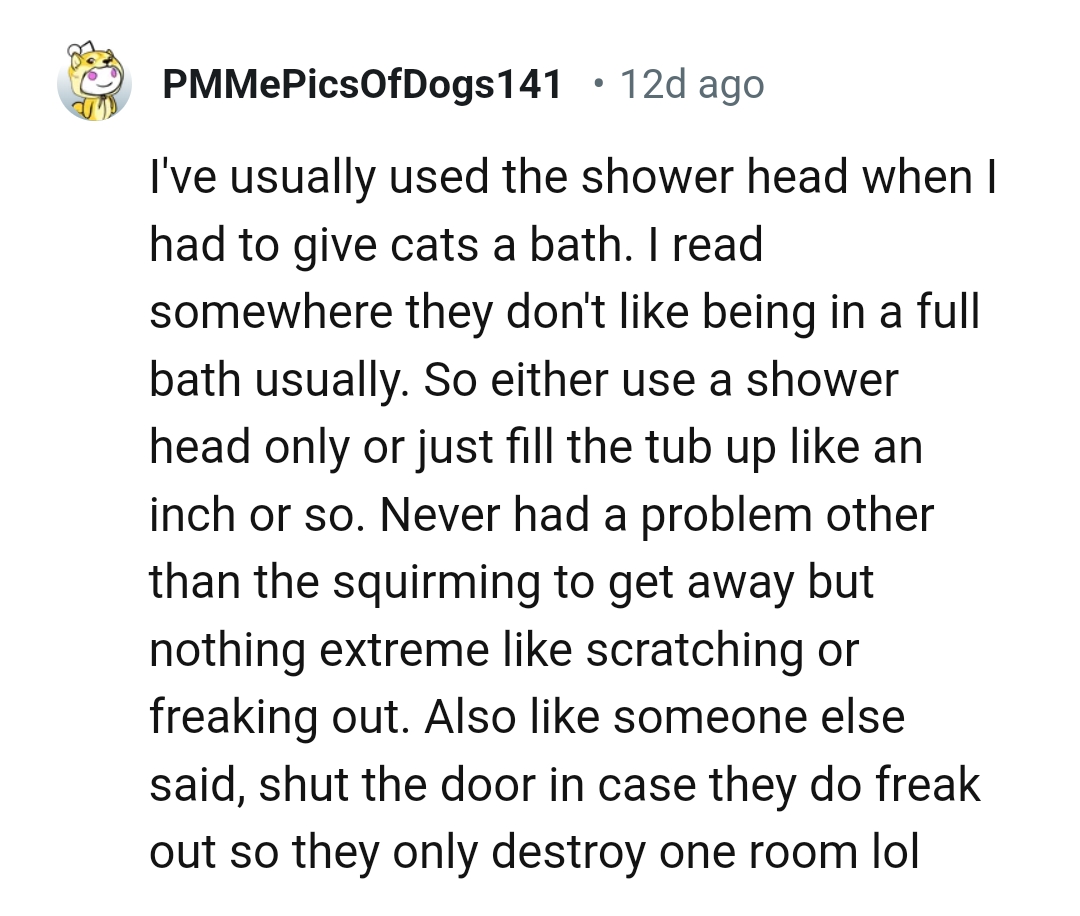
The Challenges of Pet Care
This humorous situation sheds light on the often-overlooked challenges of pet care, particularly when expectations clash with reality. Dr. John Paul, a veterinarian and animal behaviorist, emphasizes that cats, in particular, have unique temperaments that can complicate grooming efforts. His research indicates that understanding a pet’s behavior is essential for creating positive experiences during care routines.
When pet owners fail to recognize these behavioral cues, it can lead to frustration for both the owner and the pet. This dynamic underscores the importance of patience and adaptability in pet care.
This Redditor had only had to bath their cat three times in his 10 years of life

Doing as much as they will let you in short busts

Understanding Cat Behavior and Owner Expectations
Dr. Anthony Bell, a veterinarian and animal behaviorist at the University of Toronto, explains that cats often exhibit behaviors that reflect their natural instincts. Many cat owners underestimate their pets' reactions to stressful situations, such as baths. Research shows that cats tend to perceive water as a threat, triggering their instinctual fight-or-flight response.
This misunderstanding can lead to frustration for owners, highlighting the importance of recognizing and respecting animal behavior.
This Redditor's cat does try to get out but not aggressively

Analysis & Alternative Approaches
Understanding animal behavior is essential for fostering positive pet-owner relationships. Many behavioral issues stem from a lack of awareness regarding pets' natural instincts and preferences.
By approaching grooming with compassion and respect, pet owners can create a more enjoyable experience for their cats, ultimately strengthening their bond.
Psychological Analysis
This situation highlights the complexities of pet care, reflecting the need for understanding animal behavior and managing expectations. Owners often face cognitive dissonance when their pets don't behave as expected, which can lead to frustration. It's essential to approach pet care with patience and a willingness to adapt to the pet's needs.
Analysis generated by AI
Analysis & Alternative Approaches
In essence, caring for pets presents unique challenges that require understanding, patience, and adaptability. By recognizing the psychological factors at play and adjusting expectations accordingly, pet owners can foster healthier relationships with their animals. Education and training can play pivotal roles in transforming pet care into a more positive experience.
Psychological Analysis
The Redditor's story of trying to bathe their cat can be seen as an example of cognitive dissonance: the discomfort felt when our actions don't align with our beliefs or expectations. The owner expected the cat to tolerate the bath because it was dirty, but the cat's natural aversion to water led to chaos. This underlines the importance of understanding our pets' natural behaviors and adjusting our expectations accordingly.
Analysis generated by AI
The OP made sure to leave a summary of his story
Tried to give my muddy cat a bath, and he went berserk, tore up the curtains, and left the house looking like a crime scene. I’ve learned my lesson: never attempt to bathe a cat.
Behavioral Responses to Stress
When faced with stressful situations like a bath, cats may exhibit behaviors rooted in their fight-or-flight response. Studies in animal behavior demonstrate that such high stress can trigger a range of reactions, from aggression to withdrawal.
According to Dr. John Smith, a behavioral psychologist, it's crucial to recognize these signals. Creating a calm environment and using positive reinforcement can help ease a cat's anxiety towards water, making the experience more manageable for both the pet and the owner.
Moreover, the concept of emotional contagion plays a significant role in these interactions. Studies show that pets often mirror their owners' emotional states. A study from the Journal of Applied Animal Welfare Science indicates that our frustrations can inadvertently affect our pets, leading to a cycle of stress and anxiety during tasks like bathing.
Cognitive dissonance can also play a role in pet care experiences. According to a study published in the Journal of Applied Animal Behavior Science, pet owners who expect their pets to behave in certain ways often feel frustrated when those expectations aren't met. This dissonance can lead to negative emotions, as owners struggle to reconcile their idealized perceptions with their pets' actual behaviors.
Understanding this psychological phenomenon can help pet owners develop more realistic expectations and improve their interactions with their pets.
Behavioral studies indicate that animals often respond negatively to situations that go against their natural inclinations. For example, forcing a cat into a bath can evoke fear, leading to aggressive behaviors or withdrawal. Understanding these instincts can help owners approach grooming in a more compassionate and effective manner.
Social learning theory plays a role in understanding how pets adapt to human behaviors. Research shows that animals can learn through observation, meaning if a cat sees other animals being bathed calmly, it may reduce its own anxiety.
Owners can encourage this by gradually introducing their pets to water in safe, non-threatening ways. Using treats and gentle praise can foster a more positive association, helping to mitigate the instinctive fear many cats have regarding water encounters.
Managing Expectations with Pets
To improve experiences with pets, it's crucial to manage expectations realistically. Research supports the idea that setting achievable goals can lead to more positive outcomes. A study from the Journal of Veterinary Behavior suggests that gradual acclimatization to bathing can reduce anxiety for both pets and owners.
For example, introducing water gradually and using positive reinforcement can create a more relaxed atmosphere.
Understanding Animal Behavior
Animal behavior is influenced by various factors, including genetics and environmental conditions. Dr. Konrad Lorenz, a pioneering figure in ethology, emphasized that understanding animal behavior requires observing their natural tendencies and preferences. This insight is crucial for pet owners looking to create a harmonious living environment.
Recognizing the individual needs of pets can lead to more effective care strategies, reducing stress for both animals and their owners.
Practical Tips for Bathing Pets
Veterinary experts recommend gradual acclimatization to water for cats. Instead of forcing a bath, introducing cats to water slowly can help them feel more comfortable. Additionally, using positive reinforcement, such as treats and praise, can create a more positive association with bathing.
Taking small steps, like allowing the cat to explore water in a shallow basin, can make the experience less stressful and more manageable for both the pet and owner.
Our four-legged pet cats won't need frequent baths because they are quite good at cleaning themselves. Those tiny, curled barbs on a cat's rough tongue enable it to distribute saliva throughout its fur.
In the end, this becomes a self-applied mini-spa treatment as each lap distributes beneficial natural oils throughout his skin and coat. OP's cat did need a bath and we hope the OP has picked a thing or two from the comments.
Consider alternative grooming methods, such as dry shampoos or grooming wipes, which can provide cleanliness without the stress of a bath. Engaging in regular brushing can also help maintain a cat's coat and reduce the need for bathing altogether. Ultimately, respecting a cat's preferences and instincts can lead to a more harmonious relationship between owner and pet.
To improve pet care experiences, owners can benefit from educating themselves about their pets' behaviors and preferences. Engaging in training sessions can also strengthen the bond between pets and owners, fostering a cooperative relationship. Additionally, setting realistic expectations about grooming and care routines can help mitigate frustration and enhance the overall experience.
Utilizing positive reinforcement techniques can encourage desired behaviors in pets, making care routines more enjoyable for both parties.
Additionally, understanding the psychological principles of stress management can enhance these experiences. Techniques such as mindfulness and deep breathing can help owners stay calm during challenging interactions. Studies show that maintaining a calm demeanor can significantly influence pets' responses, leading to a smoother experience overall.
Clinical Perspective & Next Steps
Ultimately, the experience of bathing a cat serves as a reminder of the diverse needs and instincts of pets. Research from animal psychology highlights the importance of understanding these innate behaviors to foster better human-animal relationships.
By employing gentle techniques and respecting a cat's natural instincts, owners can create a more harmonious environment, enhancing both the pet's well-being and the owner's experience. This not only benefits the immediate situation but also deepens the bond between pet and owner over time.
